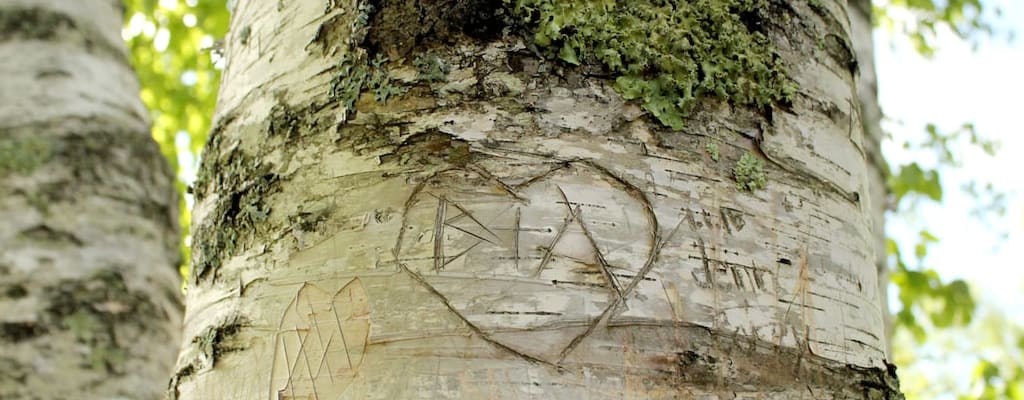at first blush: Idiom Meaning and Origin
What does ‘at first blush’ mean?
The idiom "at first blush" means to form an early or quick impression of something or someone based on initial appearance, without thoroughly examining or considering all the details or facts.

Idiom Explorer
The idiom *jump at* means to eagerly accept or seize an opportunity without hesitation.
The idiom "in the first place" means originally or initially, indicating that something is being discussed or considered from the beginning.
The idiom "in the blink of an eye" means something happening extremely quickly or instantaneously.
The idiom "in plain sight" means something is easily visible or noticeable to everyone.
The idiom "in front of one's nose" means that something is very obvious or easy to see but is overlooked or not noticed by someone.
The idiom "in a flash" means doing something very quickly or almost instantly.
The idiom "from the get-go" means from the very beginning or from the start of something. It emphasizes the idea of starting a task or activity from the very first moment without delay or hesitation.
The idiom "for the nonce" means temporarily or for the time being.
The idiom "first up" means to be the first in a sequence or order. It implies being the initial or primary person or thing to go or be addressed. It is commonly used to refer to the first person to speak or perform in a group or event.
Unveiling Deceptive Appearances
"at first blush" is an idiom that describes the initial impression or appearance of something or someone. It dates back to the 17th century and is still commonly used today. When we see or experience something for the first time, we often make a quick judgment based on our initial impression. However, it's important to remember that this initial impression may not always be accurate or reliable.
The term "blush" refers to the reddening of the skin, particularly on the face, which can occur due to various emotions like embarrassment, shyness, or excitement. In the context of the idiom "at first blush," it signifies the swift and superficial assessment made when encountering something new or unfamiliar. This quick judgment is often based on limited information or a brief glimpse, indicating that it may not offer a complete or accurate understanding.
Using the phrase "at first blush" suggests that further examination or exploration is necessary to gain a deeper understanding or a more informed opinion. It serves as a reminder not to hastily form judgments based solely on initial appearances, as they can be misleading. The idiom encourages individuals to withhold final judgments until they have gathered more information or gained a more comprehensive understanding.
While "at first blush" is commonly used in everyday conversations, it is not typically used in formal or academic writing. However, it can be found in literature, journalism, and other forms of written and spoken communication. It has become a widely recognized idiom in the English language, reminding us of the importance of avoiding snap judgments and embracing a more thorough analysis.
Idioms like "at first blush" have clear meanings and usage, but they also carry historical and cultural significance that enhances their understanding. Exploring the origins and evolution of idioms can provide insights into language development and the collective experiences of societies over time. Additionally, studying the etymology of idiomatic expressions can reveal connections between different languages and how idioms have been influenced by cultural practices and historical events.
"At first," "at a glance," and "in the first place" are related idioms to "at first blush." These phrases all emphasize the importance of initial impressions and the need for further examination and understanding. "At first" suggests that our initial perception may change or evolve with more information or experience. "At a glance" similarly implies making a judgment quickly based on a brief observation, but acknowledges the need for a deeper examination. "In the first place" conveys the idea of going back to the beginning or the original consideration before forming a judgment.
Similarly, the idiom "at first blush" reminds us to approach new situations or encounters with caution, recognizing that initial impressions may not always provide an accurate depiction. It encourages us to withhold judgment until we have thoroughly examined or understood the situation. While this idiom offers valuable advice, exploring the historical, cultural, and linguistic significance of idioms can reveal fascinating insights about human communication and the richness of language.
Example usage
Examples:
- At first blush, the new proposal seemed like a good idea, but further examination revealed numerous flaws.
- She didn't trust him at first blush, but after getting to know him better, she realized he was genuine.
- At first blush, the painting appeared to be a simple landscape, but upon closer inspection, intricate details and hidden symbols were revealed.
Analysis:
The idiom "at first blush" is commonly used to describe an initial impression or judgment based on a first, superficial look or encounter. It implies that one's opinion may change upon closer examination or gaining more knowledge about a person, situation, or object. It emphasizes the notion that first impressions can be deceptive and may require further investigation to fully understand the truth or complexity of something.
More "Appearances" idioms
We missed the mark - nothing found.



